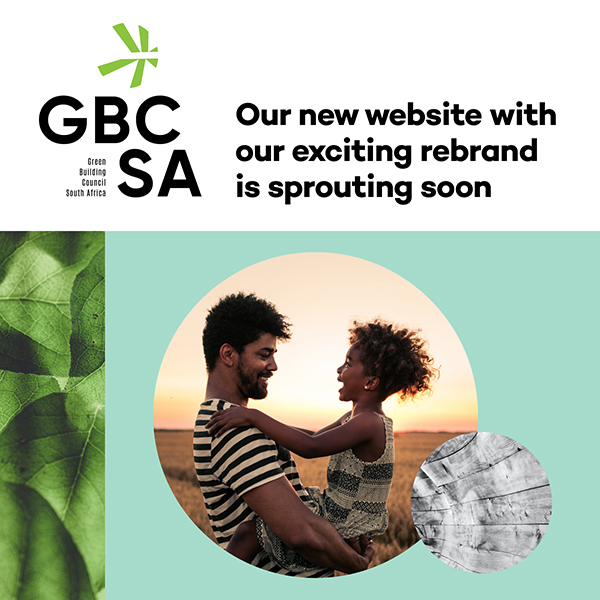
PLACES By Adrie Fourie, Head of Department: Sustainable Cities & Research, Solid Green Consulting
June 21, 2023
Cities will host two-thirds of the world population by 2050. Fundamental shifts are required to enable cities to accommodate the influx of people, the demands they will place on existing (and aging) infrastructure, and to respond appropriately to inhabitants’ basic needs for shelter and access to services like clean water and sanitation.They also need to provide places of safety, beauty, and connectivity.
The Sustainable Development Goals (SDG) define our collective global developmental goals for the future. SDG11[1] calls for “new, intelligent urban planning that creates safe, affordable and resilient cities with green and culturally inspiring living conditions”. It is essential to balance this new paradigm shift with SDG3 which calls for good health and well-being for all, at all ages, with focus also falling on a need to identify ways to reduce mortality from non-communicable diseases through prevention and treatment and the promotion of mental health and well-being.
People-centred placemaking is a key approach that supports this vision and is incorporated into the newly introduced PLACES category in the Green Building Council South Africa’s (GBCSA) next iteration of the Green Star New Buildings tool. It provides projects with the opportunity to ensure that people are placed at the forefront of design by facilitating a focus on how buildings are integrated into the existing urban fabric to create spaces that increase social cohesion, improving the extent of connectedness and solidarity among groups in society.
This is an incredibly exciting part of the GBCSA’s Green Star New Build V2 tool as it rewards project teams for more qualitative socio-economic benefits of sustainable design.
Creating public spaces (or appropriate places) could support building projects in creating a vibrant, integrated, functional urban fabric, which in turn could enrich the end-user’s experience, enhance movement, and support economic activity. Allowing buildings to be shaped and informed by the surrounding environment – the natural landscape, architectural context, and local community – elevates their contribution beyond a reduced environmental impact. It ensures that the spaces between buildings are no longer regarded as negative space but, instead, provide the opportunity for positive areas of interest that enhance asset quality and value while contributing to the positive overall human experience.
Creating safe and secure places is a fundamental prerequisite for people-centred placemaking. Buildings play a crucial role in establishing and maintaining safe environments, and through thoughtful design considerations such as well-lit spaces, clear wayfinding, accessible entrances, and passive surveillance systems safety can be enhanced.
Enabling teams to integrate projects into existing nodes in meaningful ways could enhance the overall quality of a location. Such integration would also allow for seamless interaction between buildings and transport systems and, by encouraging active modes of transport such as walking and cycling, congestion could be reduced, in turn minimising carbon emissions while enhancing overall accessibility.
Cities can be places where traumatic events or circumstances occur. Urban violence and crime, displacement and gentrification, environmental disasters and socio-economic inequalities play out at a very large scale in cities around the world.
Placemaking can play a vital role in creating healing spaces within cities. The PLACES category should be regarded as an extension of the extensive investigative work developers, together with their assets investigations and green building design teams, would already undertake to create appropriately responsive buildings.
By incorporating elements such as memorial sites, public art, community gardens, and therapeutic landscapes, placemaking initiatives can provide opportunities for individuals and communities to reflect, process their trauma, and find solace. Additionally, involving community members in the placemaking process, such as through participatory design or community-led projects, can empower individuals, rebuild social connections, and contribute to community healing and resilience.
People-centred placemaking, as an extension of green building design, offers a holistic approach to shaping cities of the future. By considering the contributions buildings make to specific locations, integrating with existing transport systems, incorporating culture and heritage, and ensuring safety, we can create sustainable and liveable urban spaces. This approach prioritizes the well-being and needs of residents, fosters a strong sense of community, and enhances the overall quality of life in cities.
As we move forward, it is crucial to embrace people-centred placemaking as a key principle in urban development. This enables us to build cities that are not only environmentally sustainable but also socially inclusive and culturally rich, and makes the objective of Transforming Tomorrow tangible for people.
Sustainable Development Goal 11 – Sustainable Cities and Communities






